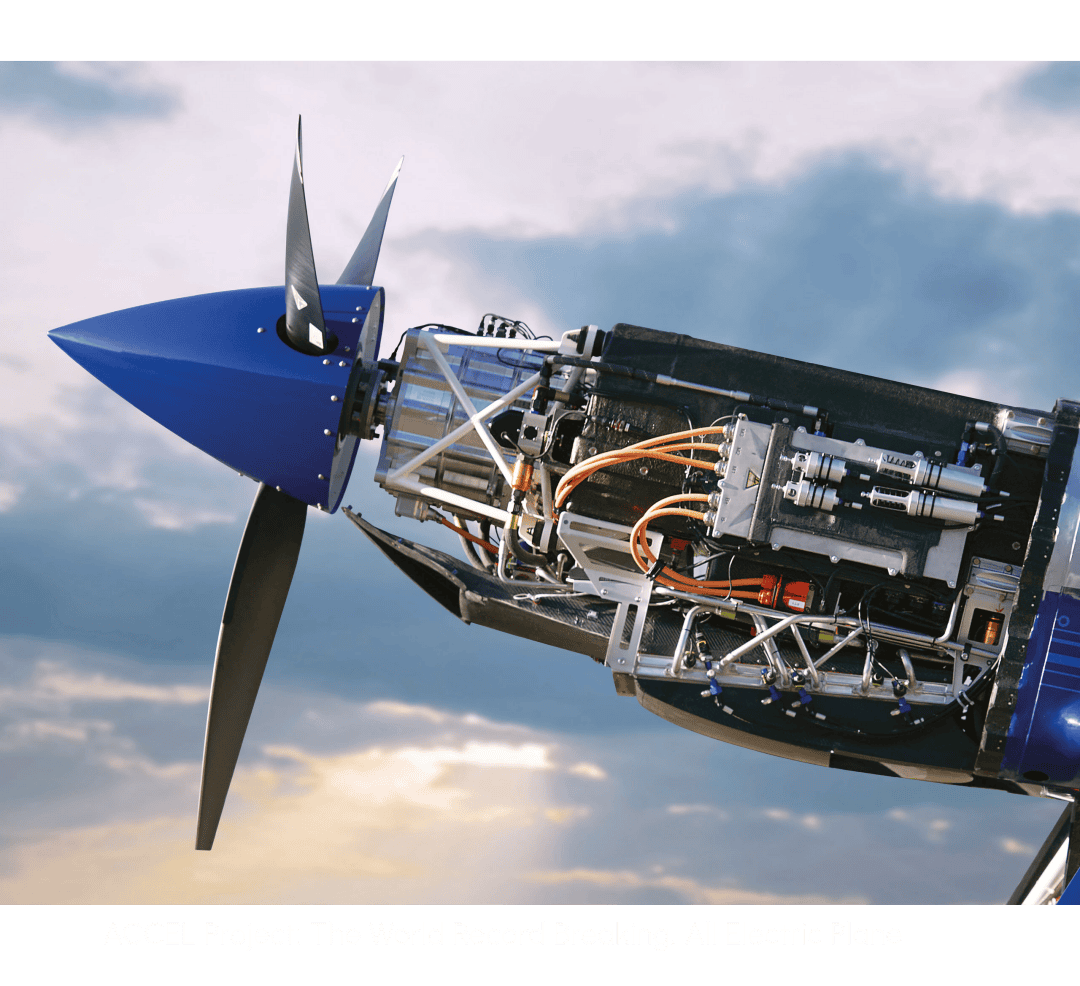WESTERN FRANCE – The world’s first use of 100 percent hydrogen in an industrial gas burine has taken place in Western France, according to Siemens Energy, paving the way for large-scale H2-based energy storage projects.
While many manufacturers, including GE, Mitsubishi and Kawasaki, have stated an aim of being able to convert their industrial gas turbines to run on 100% hydrogen, Siemens Energy’ SGT-400 model is the first to achieve the goal.
The German company says 100% hydrogen burn was achieved at the 1MW Hyflexpower demonstration project at a paper plant in Saillat-sur-Vienne, developed by a consortium including Engie, the German Aerospace Centre and four European universities.
The project uses a 1MW of electrolyser, powered by renewable energy, to produce green hydrogen that is stored in a large tank, before later being burned to generate electricity inside the gas turbine.
“The Hyflexpower project demonstrates that hydrogen can be used as a flexible energy storage medium, and that it’s also possible to convert an existing gas-fired power turbine to operate using renewable hydrogen,” said Siemens Energy in a statement. “Thus it is a real driver for accelerating the decarbonisation of the most energy-intensive industries.”
Siemens Energy executive board member Karim Amin added: “The knowledge and experience gained from the Hyflexpower project where we installed the first gas turbine to run on 100% hydrogen will help us to continue develop our entire gas turbine fleet for a hydrogen-based future. The interaction between electrolysis, storage, and hydrogen conversion at one site has been impressively demonstrated, and now it’s a matter of scaling the results.”
It is widely expected that green hydrogen will be needed to generate power during extended periods when the wind isn’t blowing and the sun isn’t shining, perhaps being produced in the summer using excess solar power and consumed during the so-called “dark doldrums” of winter.
Although turbines are relatively inefficient at converting potential energy into actual energy, they can be used at a scale that would be difficult — and expensive — for electricity-generating hydrogen fuel cells to replicate.
There are also concerns that burning pure hydrogen in nitrogen-rich air will produce large amounts of nitrous oxides (NOx), which are harmful to human health and act as indirect greenhouse gases, but this could be alleviated with technology similar to the catalytic converters in cars.
“Having tested Hyflexpower for electricity production, the goal is now to extend its operation to industrial heat production and additional operational modes. It is also planned to explore ways of scaling up and commercializing decarbonized electricity generation,” said Siemens Energy.
To read more, click on Hydrogen Insight






